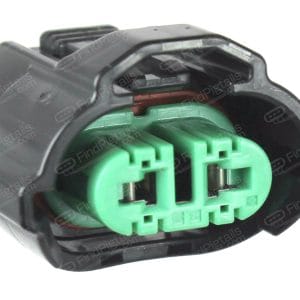Top 10 Automotive Electrical Connector Locations in Collision Repair (And Why They Matter)
When a vehicle is involved in a collision, one of the most overlooked but critical areas of damage is the electrical connectors that power essential systems. These connectors are vital for operating everything from headlights to keyless entry systems. However, they are often located in common impact zones during a collision, which makes them highly susceptible to damage.
In this guide, we will explore the top 10 automotive electrical connectors most commonly damaged in collisions and explain their significance in the repair process. Whether replacing a crumpled fender or diagnosing an electrical failure after an accident, knowing where to check for connector damage can save time and prevent costly rework.
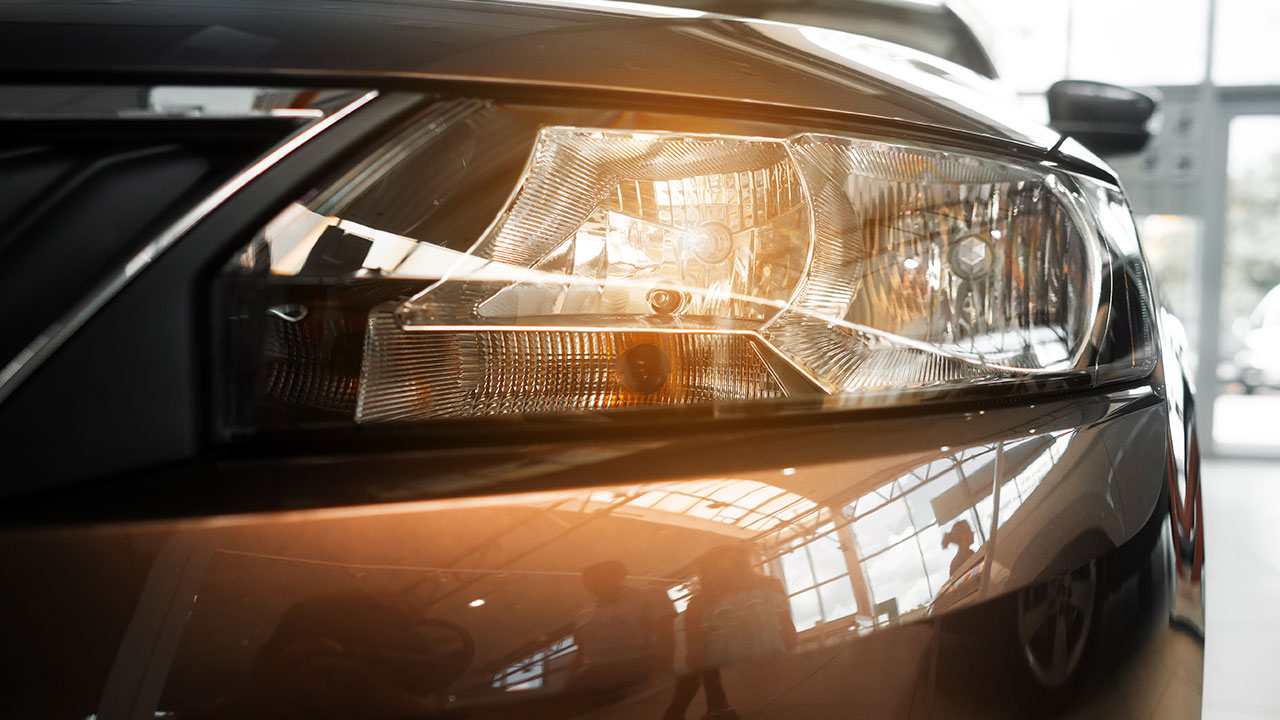
1. Headlamp High Beam Connector
The high beam connector is situated behind the headlamp housing, an area that is often damaged in front-end collisions. The impact force can result in these connectors becoming dislodged, crushed, or severed, which may cause the headlights to malfunction.
Common Collision-Related Issues:
- Headlights not working after front-end impact
- Cracked or severed connectors due to forceful impact
- Water intrusion leading to post-repair electrical failures
2. Headlamp Low Beam Connector
Like high beams, low beam connectors are frequently compromised in front-end collisions. Because these lights are used more often, a damaged or poorly repaired connector can lead to persistent customer problems.
Collision Repair Tip:
- Always inspect and replace damaged headlight connectors to prevent intermittent lighting issues.
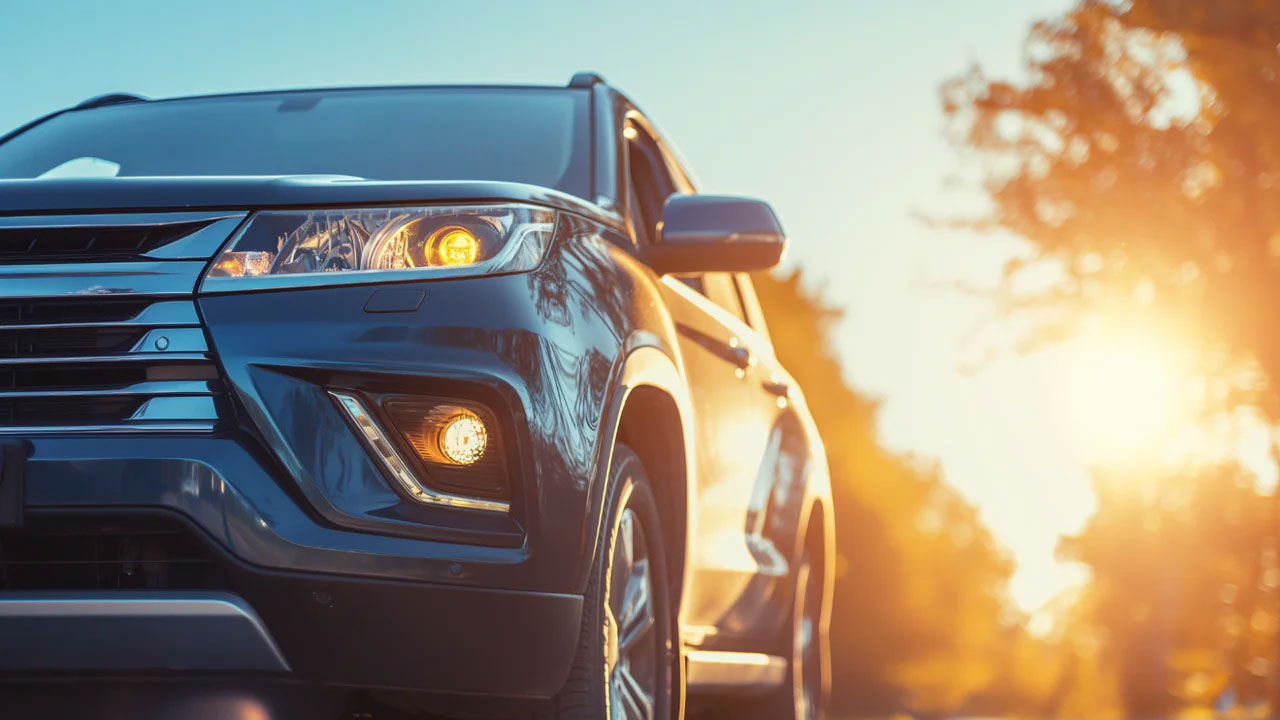
3. Daytime Running Lamp (DRL) Connector
DRL connectors near the front bumper are often damaged in low-speed crashes, parking lot accidents, and fender benders. Even minor impacts can loosen the wiring, resulting in flickering or non-functioning DRLs.
Common Post-Collision Problems:
- DRLs not turning on after a bumper replacement
- Loose or bent pins inside the connector
4. Fog Lamp Connector
Because fog lamps are positioned low on the bumper, they are frequently ripped out or crushed in front-end or lower bumper impacts.
Pro Tip for Collision Shops:
- Before replacing a fog lamp assembly, check the integrity of the connector—a bent pin or corroded socket can cause delayed issues after delivery.
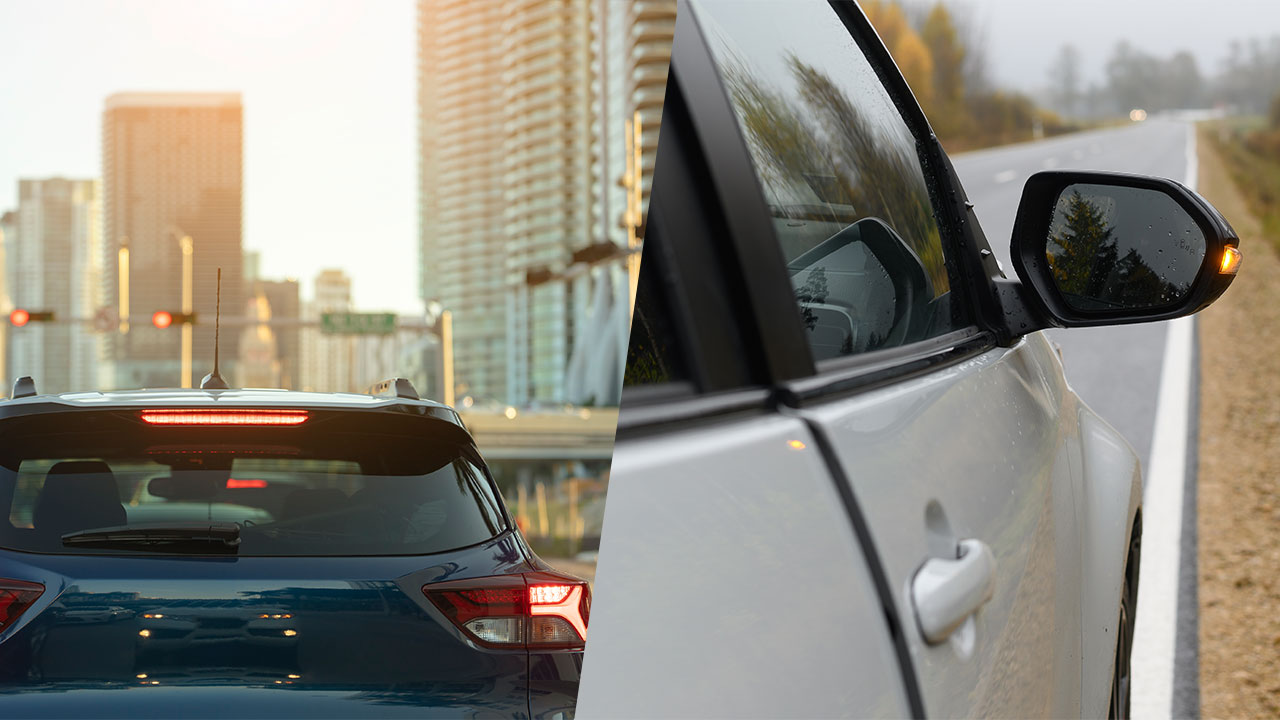
5. Parking Lamp Connector
The parking lamp connector is housed within the headlight or taillight assembly, which are highly susceptible to damage in collisions.
Collision Repair Challenges:
- Inconsistent lighting after panel replacements
- Misalignment of connectors due to forceful impact
6. Turn Signal Connector
Located near the front and rear fender areas, turn signal connectors are frequently damaged in side-impact and front-end collisions.
Post-Collision Inspection Tip:
- After replacing a fender or bumper, ensure the turn signal connector is appropriately secured and aligned to prevent intermittent failures.
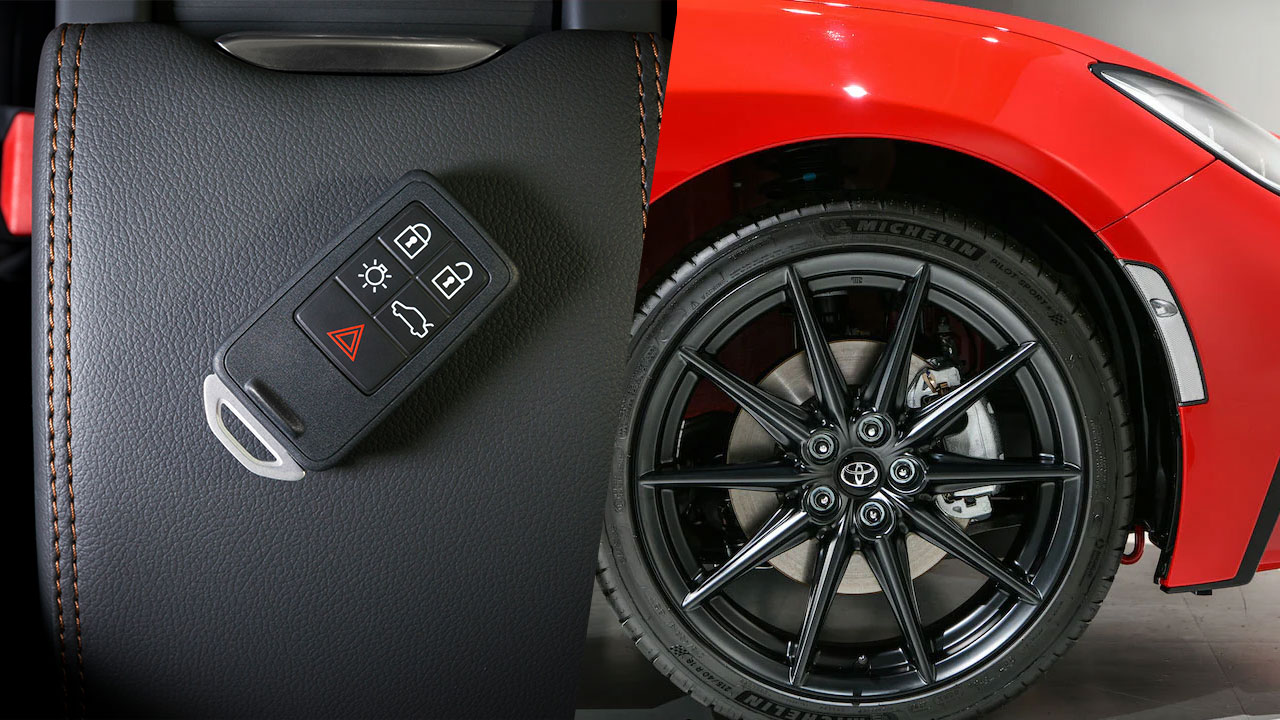
7. Keyless Entry Buzzer Connector
Often overlooked in side and door panel impacts, the keyless entry buzzer connector can become loose or damaged when a door or fender is replaced.
Signs of a Damaged Connector:
- Key fob failing to unlock doors after a collision repair
- Warning chimes no longer functioning correctly
8. Side Marker Connector
Side markers are placed along the front and rear quarter panels, which are common impact zones during side-swipes and minor collisions. These connectors are fragile and likely to bend or break upon impact.
Preventative Tip for Collision Technicians:
- Always inspect the side marker wiring harness before final reassembly—sometimes the connector may appear intact but has internal damage.
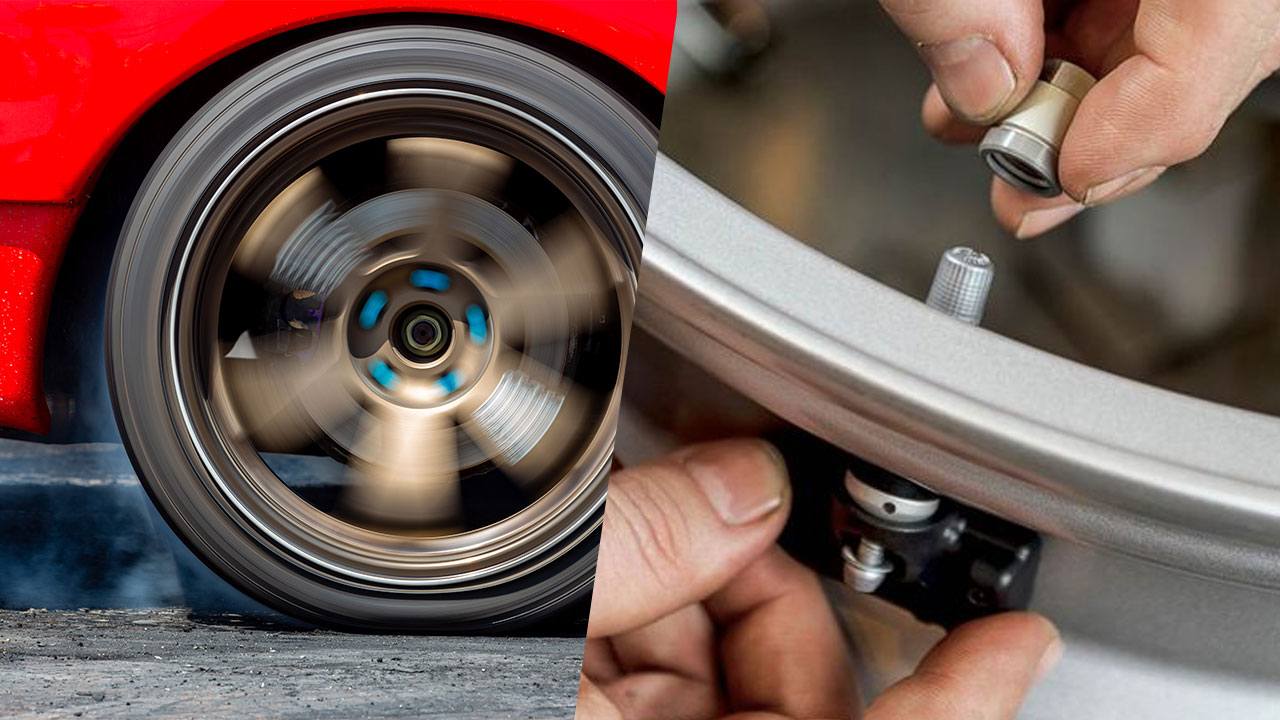
9. TPMS Antenna Connector
The Tire Pressure Monitoring System (TPMS) antenna connector is located near the wheel wells, making it a frequent casualty in fender benders, curb impacts, and wheel-well damage.
Post-Collision Symptoms:
- TPMS light remaining on even after resetting the system
- Inconsistent tire pressure readings due to broken wiring
10. Wheel Speed Sensor Connector
The wheel speed sensor connector is critical for ABS and traction control but is often severed or crushed in side-impact or suspension-related collisions.
Common Collision Repair Challenges:
- ABS light remaining on post-repair
- Faulty traction control due to misdiagnosed sensor connector damage
Ensuring Reliable Collision Repairs
For collision repair specialists, electrical connectors are as essential as body panels and paint. Diagnosing and replacing damaged connectors can help prevent costly comebacks and enhance customer satisfaction.
If you're looking for high-quality replacement connectors for post-collision repairs, explore our selection at FindPigtails.com today!








